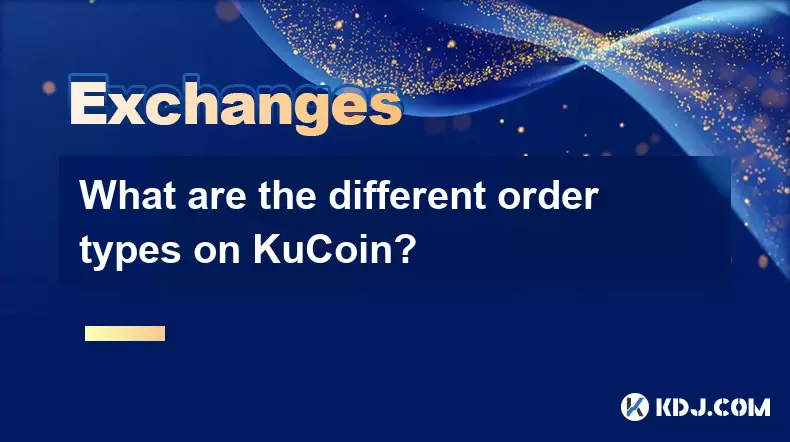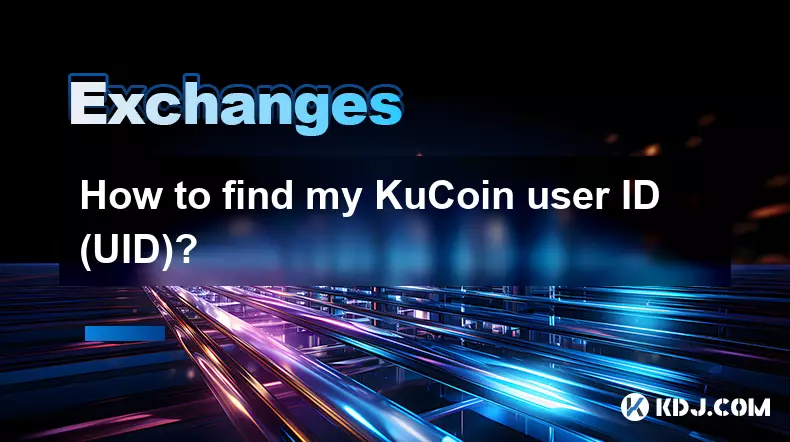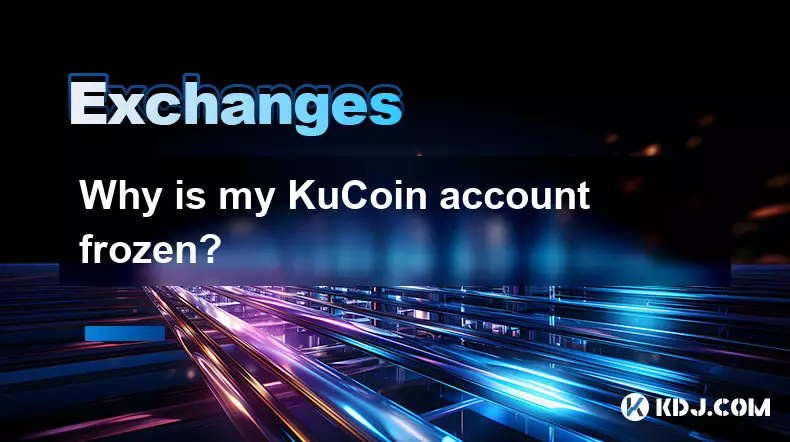-
 Bitcoin
Bitcoin $111100
0.49% -
 Ethereum
Ethereum $4304
0.21% -
 XRP
XRP $2.888
2.36% -
 Tether USDt
Tether USDt $0.9999
-0.03% -
 BNB
BNB $879.1
1.62% -
 Solana
Solana $207.9
2.67% -
 USDC
USDC $0.9998
-0.01% -
 Dogecoin
Dogecoin $0.2320
7.05% -
 TRON
TRON $0.3306
0.59% -
 Cardano
Cardano $0.8407
1.68% -
 Hyperliquid
Hyperliquid $48.50
3.55% -
 Chainlink
Chainlink $22.52
0.46% -
 Ethena USDe
Ethena USDe $1.001
-0.02% -
 Sui
Sui $3.395
0.74% -
 Bitcoin Cash
Bitcoin Cash $602.5
0.82% -
 Stellar
Stellar $0.3645
1.67% -
 Avalanche
Avalanche $24.82
0.93% -
 Hedera
Hedera $0.2211
0.99% -
 UNUS SED LEO
UNUS SED LEO $9.606
0.00% -
 Cronos
Cronos $0.2583
-2.44% -
 Litecoin
Litecoin $113.7
0.82% -
 Toncoin
Toncoin $3.094
0.39% -
 Shiba Inu
Shiba Inu $0.00001254
1.50% -
 Polkadot
Polkadot $4.040
4.96% -
 Uniswap
Uniswap $9.429
0.08% -
 Dai
Dai $0.9999
-0.01% -
 Ethena
Ethena $0.7629
3.04% -
 World Liberty Financial
World Liberty Financial $0.2111
-13.16% -
 Monero
Monero $269.9
0.50% -
 Aave
Aave $300.9
-0.41%
Is Binance safe for storing crypto?
Binance combines cold storage, SAFU, and 2FA with regular audits and transparency reports to safeguard user assets and maintain trust.
Sep 08, 2025 at 06:54 am

Understanding Binance's Security Infrastructure
1. Binance operates one of the most advanced security frameworks in the cryptocurrency industry, leveraging a multi-layered approach to protect user assets. The exchange uses a combination of cold storage, multi-signature wallets, and encryption protocols to minimize the risk of unauthorized access. Over 95% of user funds are stored in offline wallets, which are isolated from internet exposure and significantly reduce the likelihood of hacking incidents.
2. The Secure Asset Fund for Users (SAFU) was introduced by Binance as a risk mitigation tool. This fund, initially capitalized at $1 billion, is designed to cover potential losses in the event of a security breach. Regular contributions are made from trading fees, ensuring that the fund remains robust and responsive to emerging threats.
3. Two-factor authentication (2FA) is mandatory for all account activities, including withdrawals and login attempts. Binance supports both Google Authenticator and hardware-based security keys, offering users multiple options to strengthen their account protection. SMS-based 2FA is discouraged due to vulnerabilities associated with SIM swapping.
4. IP address tracking and device recognition are employed to detect unusual login behavior. If a login attempt originates from an unrecognized device or location, additional verification steps are triggered. This dynamic response system helps prevent unauthorized access even if credentials are compromised.
5. Binance conducts regular penetration testing and audits by third-party cybersecurity firms to identify and patch vulnerabilities before exploitation. These audits are published transparently, allowing users to assess the integrity of the platform’s defenses.
User Responsibility in Account Protection
1. While Binance implements strong technical safeguards, user behavior plays a critical role in maintaining security. Creating strong, unique passwords and avoiding password reuse across platforms is essential. Password managers are recommended to generate and store complex credentials securely.
2. Phishing attacks remain a significant threat. Users must verify the authenticity of all emails, websites, and messages claiming to be from Binance. Official domains should be bookmarked to prevent accidental visits to counterfeit sites designed to steal login information.
3. Enabling withdrawal address whitelisting ensures that funds can only be sent to pre-approved destinations, reducing the impact of account compromise. This feature adds an extra layer of control, especially for high-value accounts.
4. Session management tools allow users to view active logins and terminate suspicious sessions remotely. Regularly reviewing these sessions helps detect unauthorized access early and initiate protective measures promptly.
5. Keeping software up to date, including operating systems and antivirus programs, reduces the risk of malware infections that could intercept sensitive data. Public Wi-Fi networks should be avoided when accessing exchange accounts.
Regulatory Compliance and Operational Transparency
1. Binance has expanded its compliance framework to align with international standards, including Anti-Money Laundering (AML) and Know Your Customer (KYC) regulations. These measures help prevent illicit activities and enhance the legitimacy of the platform within the global financial ecosystem.
2. Proof-of-Reserves audits are conducted periodically to verify that user deposits are fully backed by on-chain assets. These audits use cryptographic verification methods, allowing independent parties to confirm the accuracy of Binance’s reserve holdings without exposing private keys.
3. Jurisdictional licensing efforts have led to Binance obtaining regulatory approvals in several countries, including France, Dubai, and Singapore. These licenses require adherence to strict operational guidelines, further reinforcing trust in the platform’s long-term stability.
4. Transparency reports detailing government data requests and account takedowns are published quarterly, providing insight into Binance’s legal interactions and data handling practices. This level of disclosure is uncommon among major exchanges and reflects a commitment to user accountability.
5. Incident response protocols are publicly documented, outlining how Binance handles security breaches, service disruptions, and market manipulation attempts. Clear communication channels ensure users receive timely updates during critical events.
Frequently Asked Questions
What happens if Binance gets hacked?In the event of a security breach, the SAFU fund is activated to reimburse affected users. Historical precedents, such as the 2019 Bitcoin theft, demonstrate Binance’s commitment to covering losses entirely. The exchange also collaborates with blockchain analytics firms to trace and freeze stolen assets.
Can Binance freeze my crypto assets?Yes, under specific circumstances such as suspected fraudulent activity or legal mandates, Binance may temporarily restrict account access. These actions are governed by compliance policies and are typically accompanied by notifications explaining the reason for the restriction.
How does Binance verify wallet ownership during audits?Binance uses Merkle tree proofs to demonstrate ownership of reserve assets without revealing individual user balances. Third-party auditors validate these proofs against on-chain data, confirming that total liabilities match or are exceeded by available reserves.
Is my personal data safe on Binance?Binance encrypts all personal data both in transit and at rest using industry-standard protocols. Access to sensitive information is restricted internally, and employees undergo regular training on data protection policies. Regulatory compliance ensures alignment with privacy laws like GDPR.
Disclaimer:info@kdj.com
The information provided is not trading advice. kdj.com does not assume any responsibility for any investments made based on the information provided in this article. Cryptocurrencies are highly volatile and it is highly recommended that you invest with caution after thorough research!
If you believe that the content used on this website infringes your copyright, please contact us immediately (info@kdj.com) and we will delete it promptly.
- Backpack Exchange: Europe's New Frontier for Perpetual Crypto Trading
- 2025-09-08 17:05:14
- Paxos USDH: Stablecoin Innovation with Token Buybacks and Reserve Fund
- 2025-09-08 16:45:14
- Lyno AI: The Smart Crypto Bet Beyond Ethereum and Bitcoin?
- 2025-09-08 16:45:14
- Decoding Crypto Returns: How BlockDAG is Redefining Investment in 2025
- 2025-09-08 17:05:14
- Worldcoin (WLD) Price Pumping: Decoding the Rally
- 2025-09-08 16:50:12
- Undervalued Stocks: Your Guide to Investment Opportunities in 2025
- 2025-09-08 16:50:12
Related knowledge

Why was my KuCoin KYC verification rejected?
Sep 07,2025 at 10:37pm
Common Reasons for KuCoin KYC Rejection1. The submitted identification documents are blurry or partially obscured. Users must ensure that all four cor...

What are the different order types on KuCoin?
Sep 08,2025 at 08:36am
Market Orders and Their Execution1. Market orders are one of the most straightforward types of trades available on KuCoin. When a user places a market...

How to check my portfolio balance on KuCoin?
Sep 06,2025 at 10:36am
Accessing Your KuCoin Account Dashboard1. Navigate to the official KuCoin website or open the KuCoin mobile application. Ensure you are using a secure...

How to buy USDT on KuCoin?
Sep 06,2025 at 08:55am
Creating and Verifying Your KuCoin Account1. Navigate to the official KuCoin website and click on the 'Sign Up' button to begin registration. Provide ...

How to find my KuCoin user ID (UID)?
Sep 07,2025 at 01:37pm
Understanding the KuCoin User ID (UID)1. The KuCoin User ID, commonly referred to as UID, is a unique alphanumeric identifier assigned to every regist...

Why is my KuCoin account frozen?
Sep 05,2025 at 06:55pm
Common Reasons for a Frozen KuCoin Account1. Unverified identity information. KuCoin requires users to complete KYC (Know Your Customer) procedures to...

Why was my KuCoin KYC verification rejected?
Sep 07,2025 at 10:37pm
Common Reasons for KuCoin KYC Rejection1. The submitted identification documents are blurry or partially obscured. Users must ensure that all four cor...

What are the different order types on KuCoin?
Sep 08,2025 at 08:36am
Market Orders and Their Execution1. Market orders are one of the most straightforward types of trades available on KuCoin. When a user places a market...

How to check my portfolio balance on KuCoin?
Sep 06,2025 at 10:36am
Accessing Your KuCoin Account Dashboard1. Navigate to the official KuCoin website or open the KuCoin mobile application. Ensure you are using a secure...

How to buy USDT on KuCoin?
Sep 06,2025 at 08:55am
Creating and Verifying Your KuCoin Account1. Navigate to the official KuCoin website and click on the 'Sign Up' button to begin registration. Provide ...

How to find my KuCoin user ID (UID)?
Sep 07,2025 at 01:37pm
Understanding the KuCoin User ID (UID)1. The KuCoin User ID, commonly referred to as UID, is a unique alphanumeric identifier assigned to every regist...

Why is my KuCoin account frozen?
Sep 05,2025 at 06:55pm
Common Reasons for a Frozen KuCoin Account1. Unverified identity information. KuCoin requires users to complete KYC (Know Your Customer) procedures to...
See all articles

























































































